Degumming
We believe in providing top quality workmanship and are so confident in our level of service that we back.
We believe in providing top quality workmanship and are so confident in our level of service that we back.
Degumming is a crucial process in edible oil refining designed to remove phospholipids and other impurities from crude vegetable oils. These impurities, also known as gums, can affect the quality, stability, and shelf life of the final edible oil.
Each degumming process—water, acid, and enzymatic—has its unique advantages and applications. The choice of the degumming method depends on factors such as the desired quality of the final oil, the specific characteristics of the crude oil, and environmental considerations. The combined use of these methods in oil refining allows for the production of oils tailored to various industrial, culinary, and nutritional needs.
Crude oil may be filtered to remove large particulates before degumming.
The oil undergoes degumming using either water or acid, depending on the method chosen.
The gums and impurities are separated from the oil, usually through settling or centrifugation.
The degummed oil may undergo further refining steps such as neutralization, bleaching, and deodorization.

Strategies to ensure proactive domination. At the end of the day,User generated content in real-time will have multiple touchpoints for offshoring.


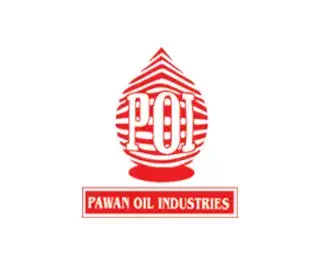

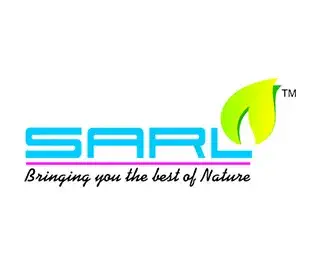
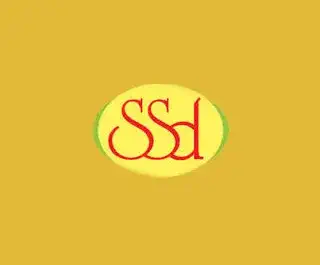
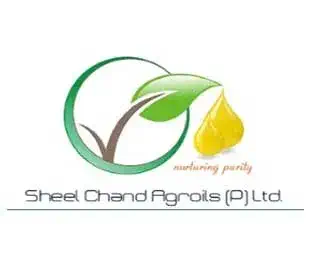






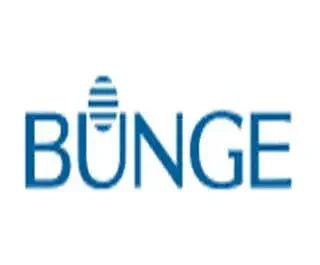
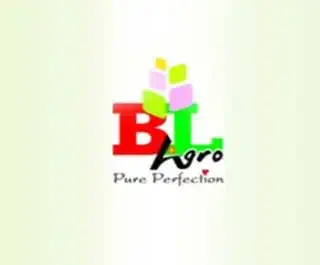
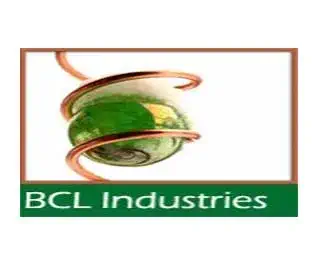







Discover some of the most asked questions regarding Degumming.
A degumming plant is a facility that removes gums and other impurities from crude edible oils and fats to improve their quality and prepare them for further refining or processing.
Degumming is necessary to eliminate phosphatides, gums, and other impurities that can affect the quality, stability, and flavor of the final oil product.
The main types are:
Water Degumming: Involves hydrating gums with water to make them easier to remove.
Acid Degumming: Uses acids to break down phosphatides and gums.
Enzymatic Degumming: Employs enzymes to hydrolyze phosphatides.
Water degumming involves adding water to the crude oil, which hydrates the gums and phosphatides. These hydrated gums are then separated from the oil through centrifugation.
Efficiency is measured by analyzing the reduction in gum content and phosphatides in the oil, as well as monitoring the clarity and quality of the final product
Degumming is a preliminary step in the refining process, preparing the oil by removing impurities before further processing steps like neutralization, bleaching, and deodorization.
Commonly processed oils include soybean oil, sunflower oil, canola oil, palm oil, and other vegetable oils that require purification before further processing.
Acid degumming uses acids to break down phosphatides and gums, while water degumming uses water to hydrate and separate these impurities. Acid degumming is often used when water degumming alone is insufficient.